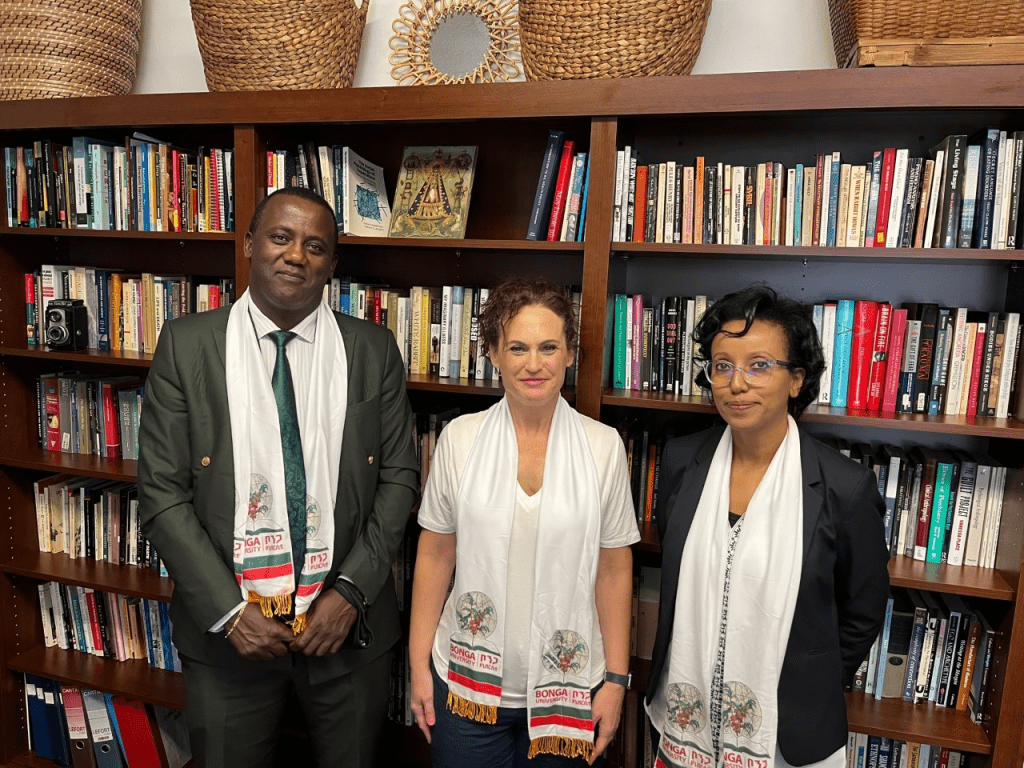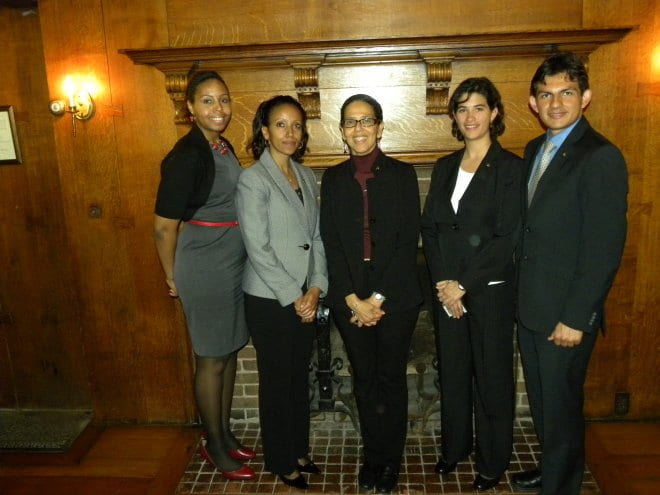For centuries, historians believed that kings and emperors were the primary forces driving ancient trade across Africa. Their palaces, inscriptions, and royal seals seemed to claim all the credit. But thanks to the tireless research of archaeologist Helina Solomon Woldekiros, a much different and more grounded story is coming to light. Through over 150 interviews and an exhausting desert expedition, she has shown that the real heroes of ancient commerce in Ethiopia and Eritrea were not rulers but everyday local traders.

Challenging the Old Narrative
Helina Solomon Woldekiros wasn’t satisfied with the traditional version of history that gave all power to the elite. She believed that the people who actually moved goods on foot, on donkeys, and across harsh landscapes deserved recognition. Her work focused on pre-Aksumite and Aksumite trade routes, often overlooked in mainstream accounts.

While many scholars favored written records and royal archives, Helina turned to a different kind of source: the people. She spent years conducting interviews with local elders and descendants of long-distance traders, collecting oral histories and wisdom passed down through generations. Her findings reshaped the understanding of trade in this part of Africa.
Video:
Niche Economy:The Afar Salt Caravan Route & Political Economy-Aksumite State(400 BCE-CE 900)Ethiopia
A Journey Through Harsh Terrain
Helina’s groundbreaking fieldwork wasn’t easy. She traversed the arid regions of the Horn of Africa, walking the same rugged paths used by ancient merchants who carried everything from incense and salt to pottery and metal. Her journey took her through intense heat, rocky landscapes, and remote areas where few researchers had ever gone.
What she found were not just routes, but networks of life evidence of informal trade hubs, rest stops, and community cooperation. These weren’t the empires you’d read about in textbooks. These were small-scale, decentralized economies powered by hardworking people who often operated outside the direct control of kings or nobles.

The Traders Who Carried Civilization
Helina’s research paints a vivid picture of local trading communities who not only moved goods but also spread ideas, languages, and culture. These were the men and women who helped connect the Red Sea with the African interior, influencing everything from food and clothing to architecture and religion.
Video:
Aksum’s Trade: Africa’s Gateway to the Ancient World
The traders understood terrain, weather patterns, animal behavior, and economic demand. They were business-savvy, often multilingual, and able to navigate both physical and political landscapes. In many ways, they were the lifeblood of ancient commerce, sustaining empires from below rather than being ruled from above.
Changing How We Teach History
Thanks to Helina Solomon Woldekiros, the story of ancient East Africa is no longer just about kings and conquests. Her work has led to a broader appreciation of grassroots economic systems and the essential role of marginalized voices in shaping history. Her findings are now influencing textbooks, university courses, and international perspectives on African trade.
She reminds us that behind every monument and inscription, there’s a quiet force that history too often forgets the common people. And sometimes, it takes a bold researcher willing to walk hundreds of miles and ask difficult questions to bring their stories back to life.



